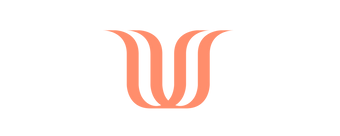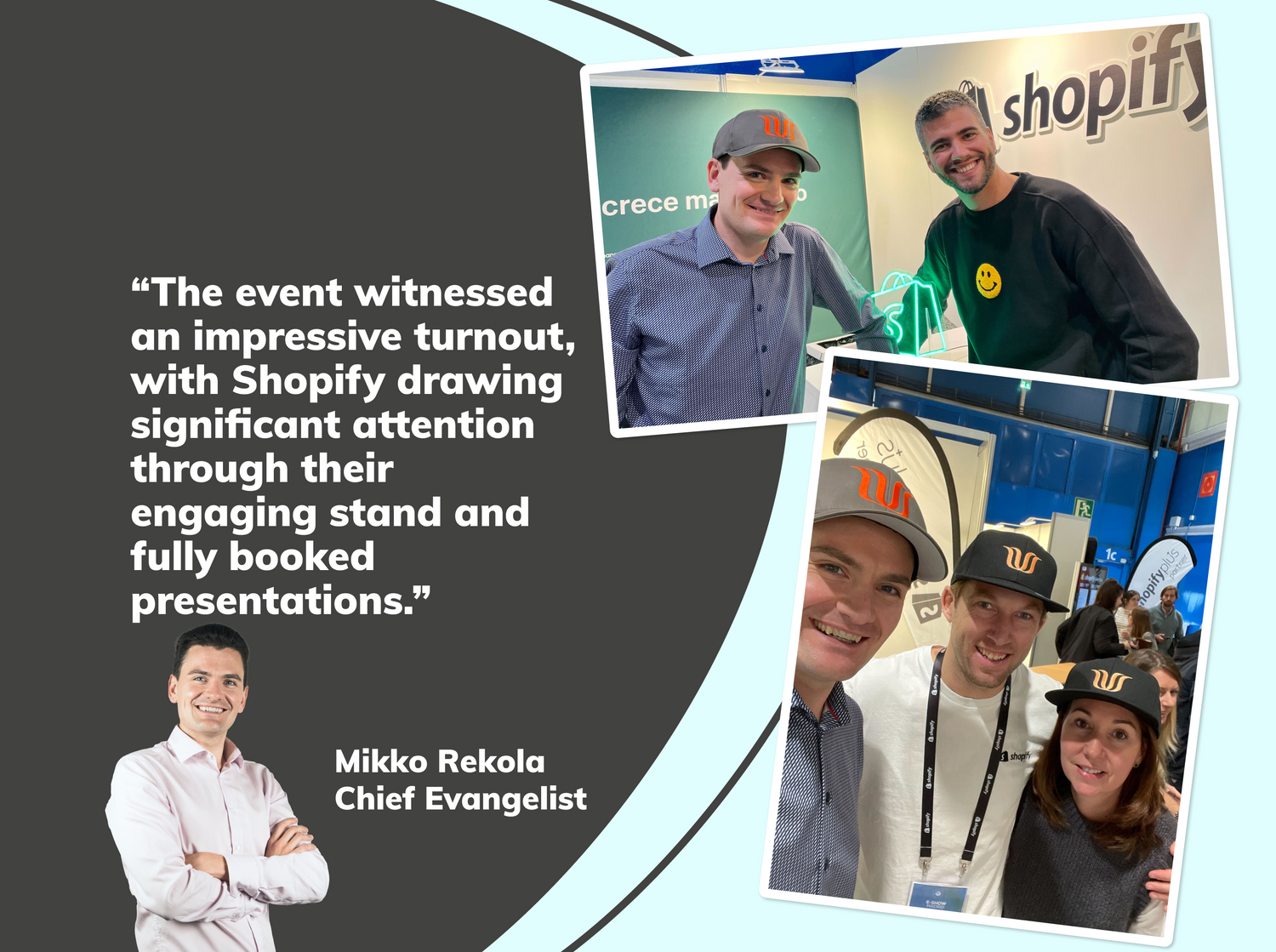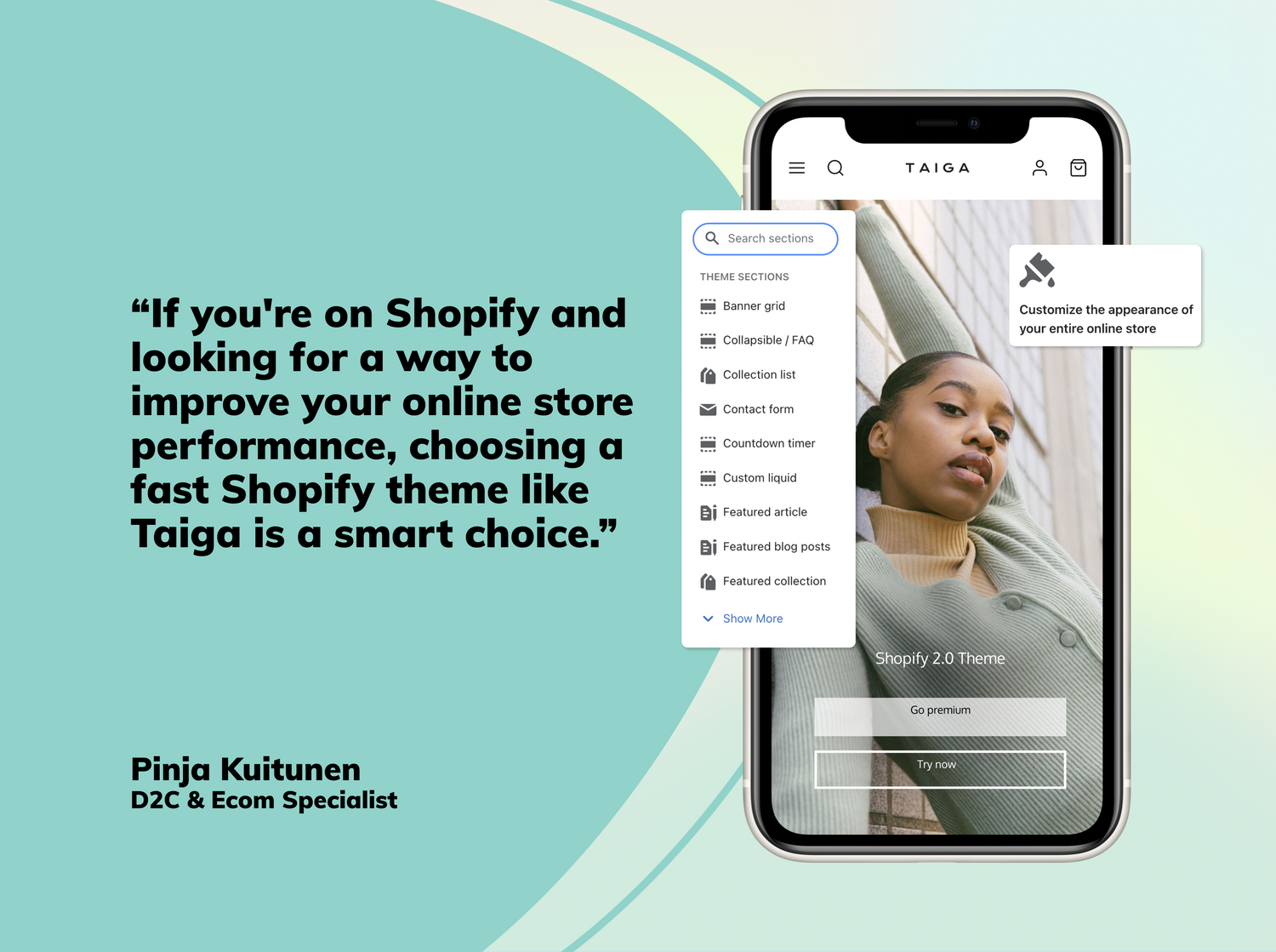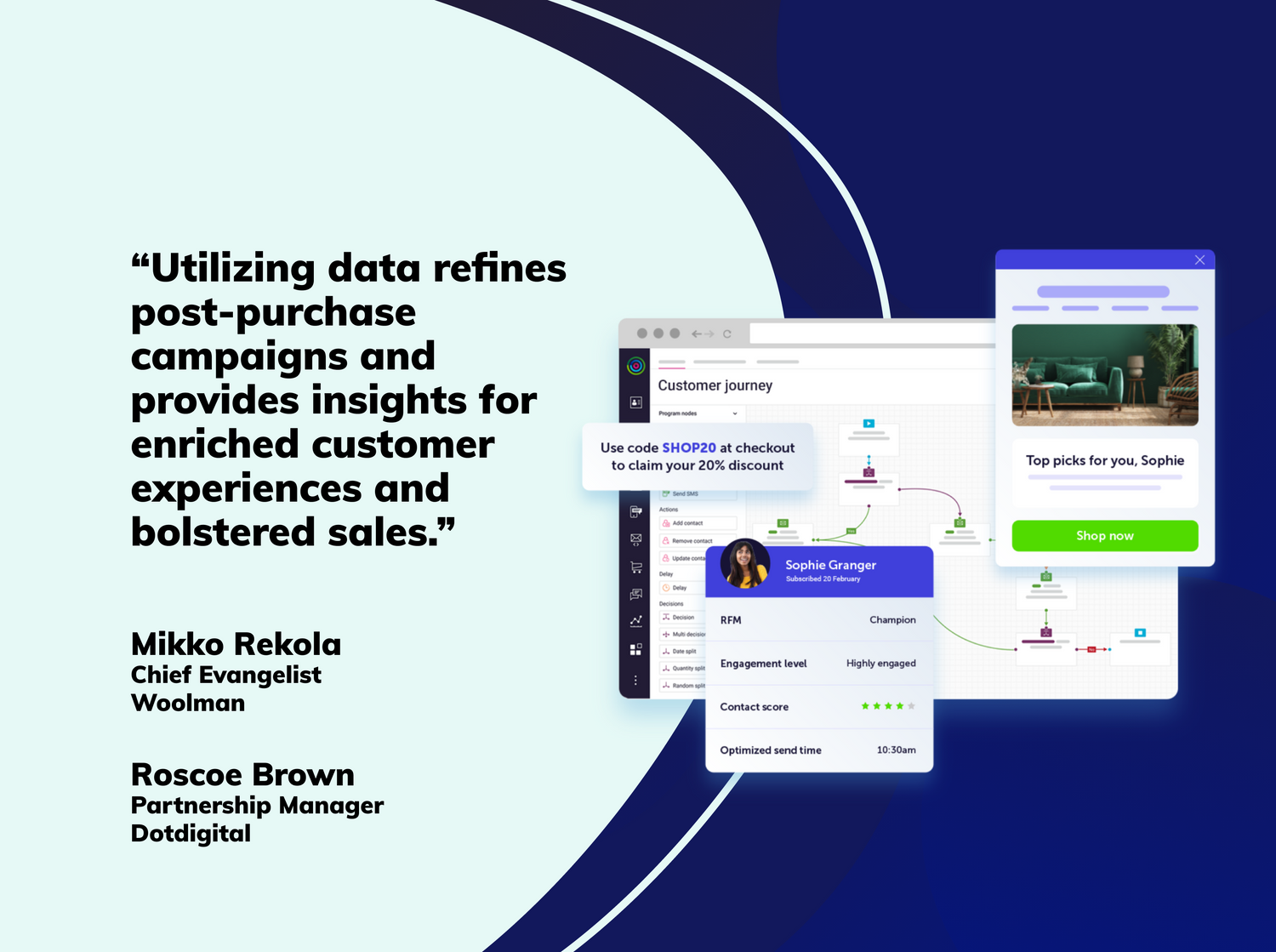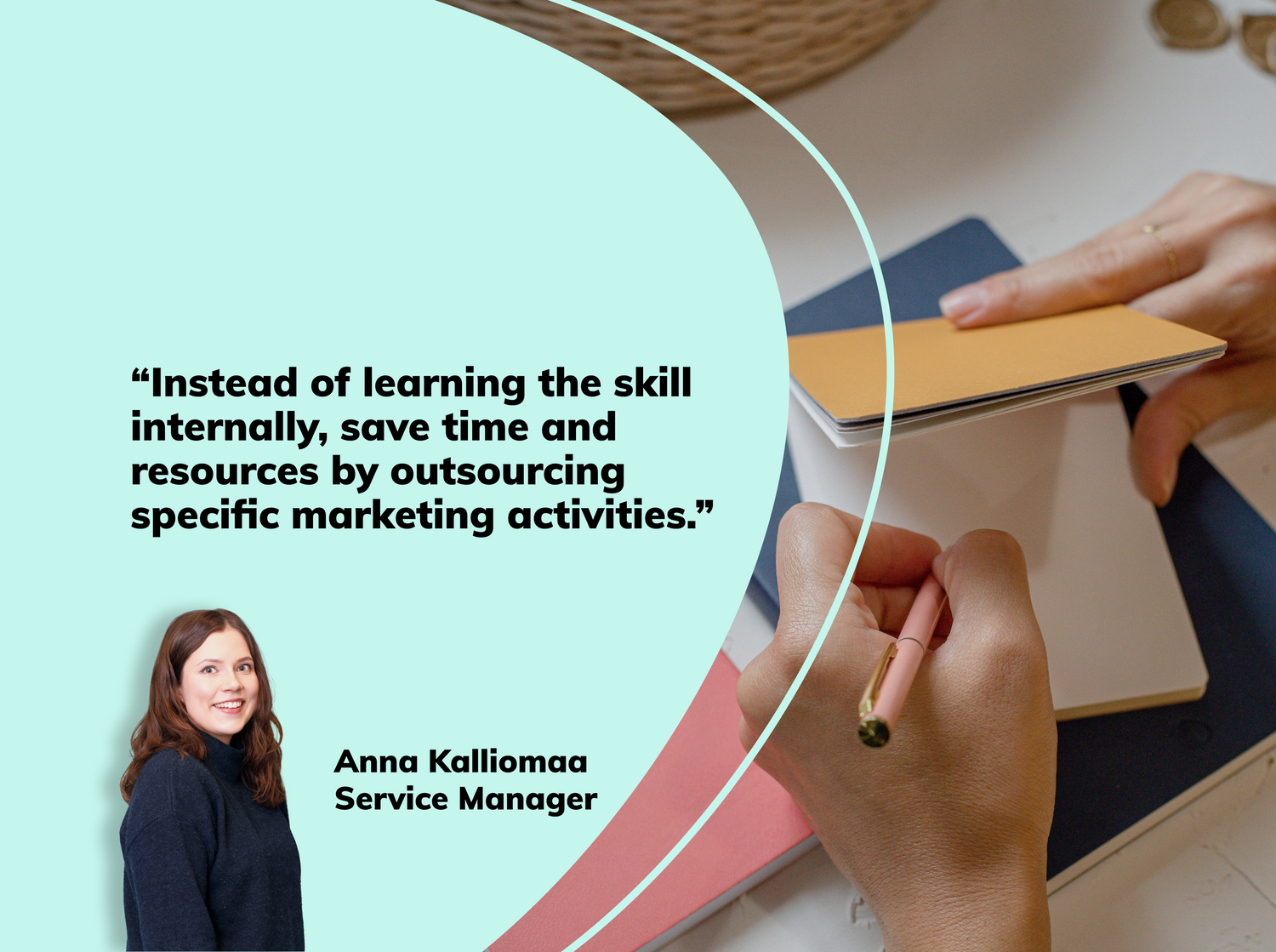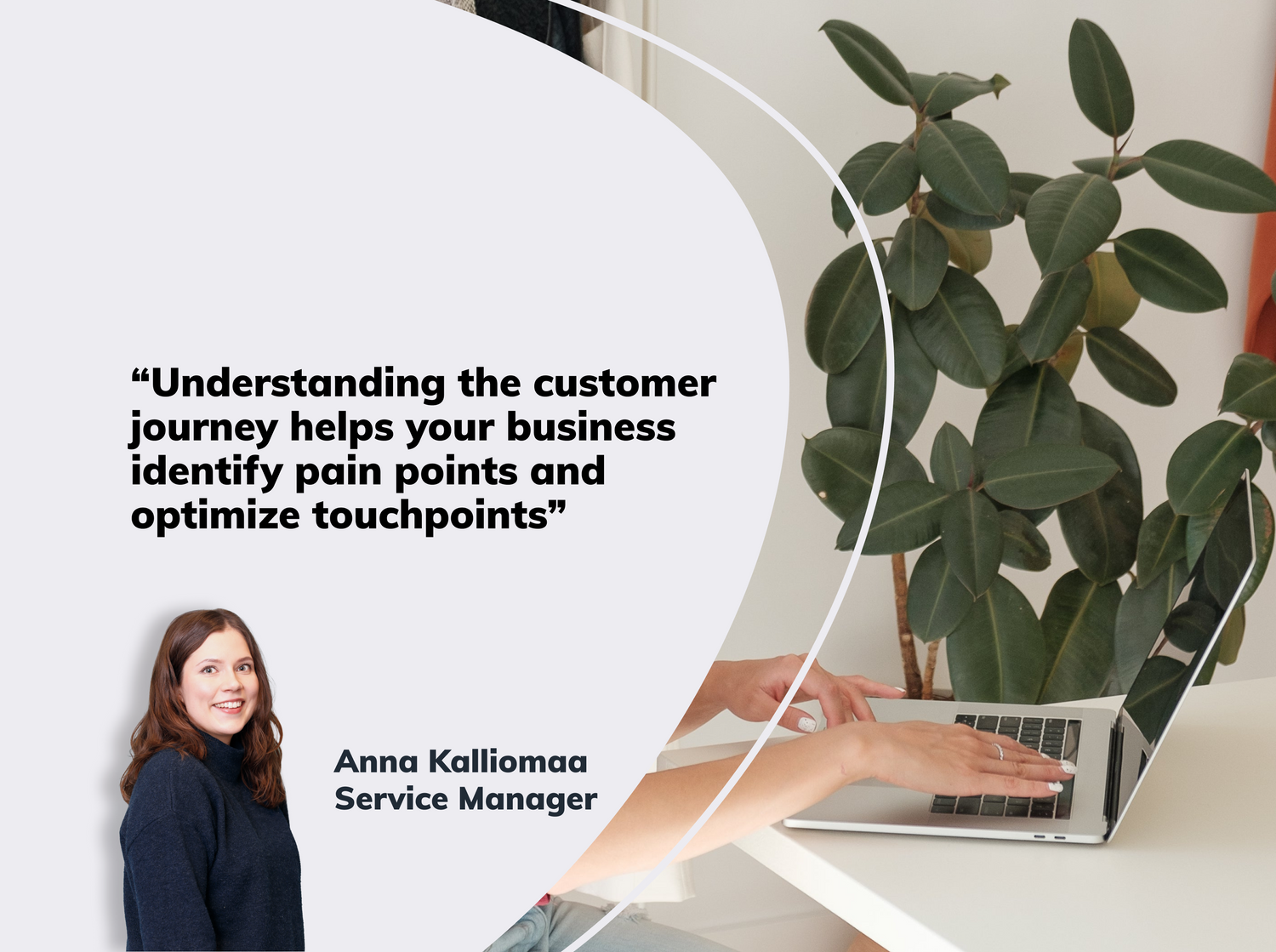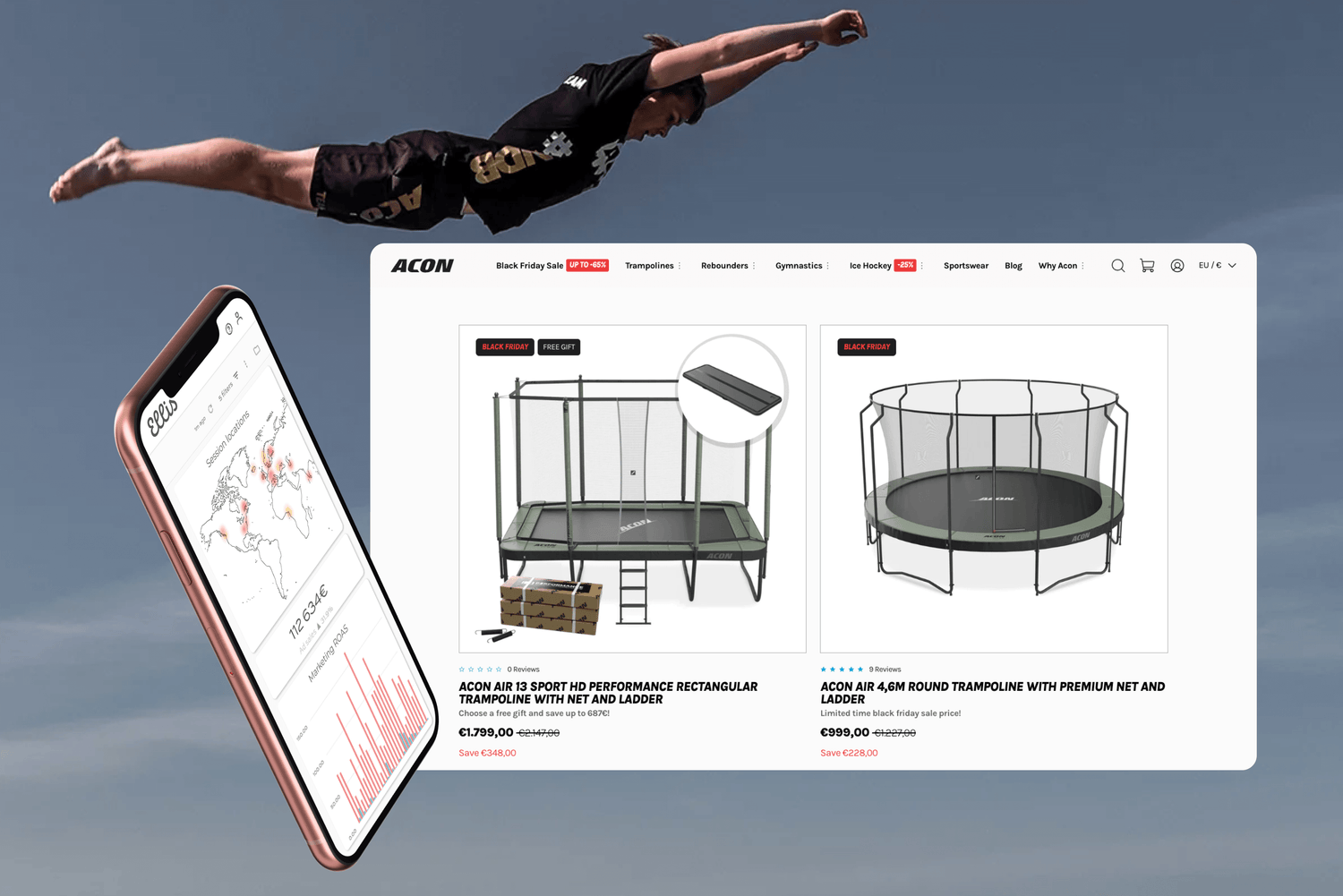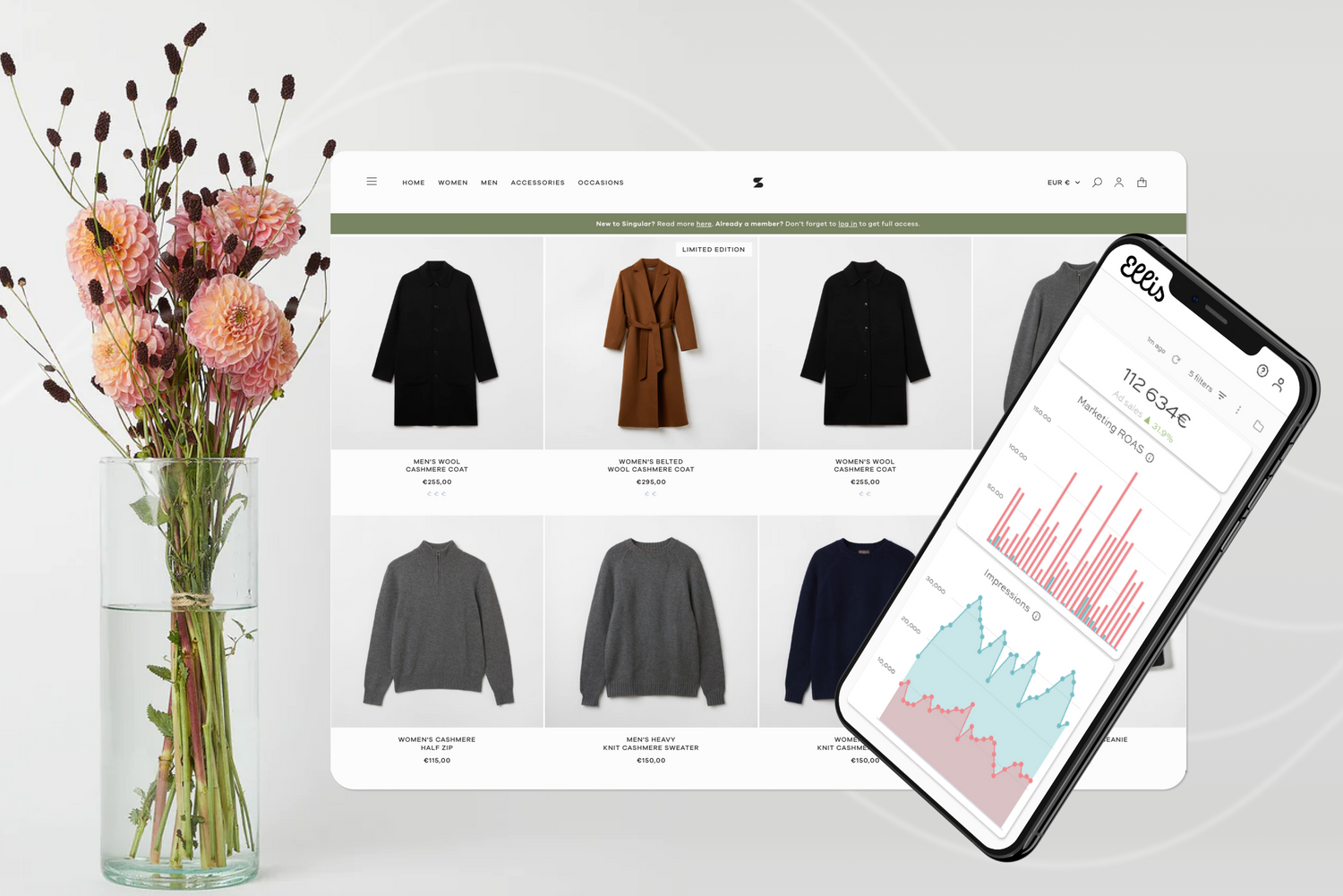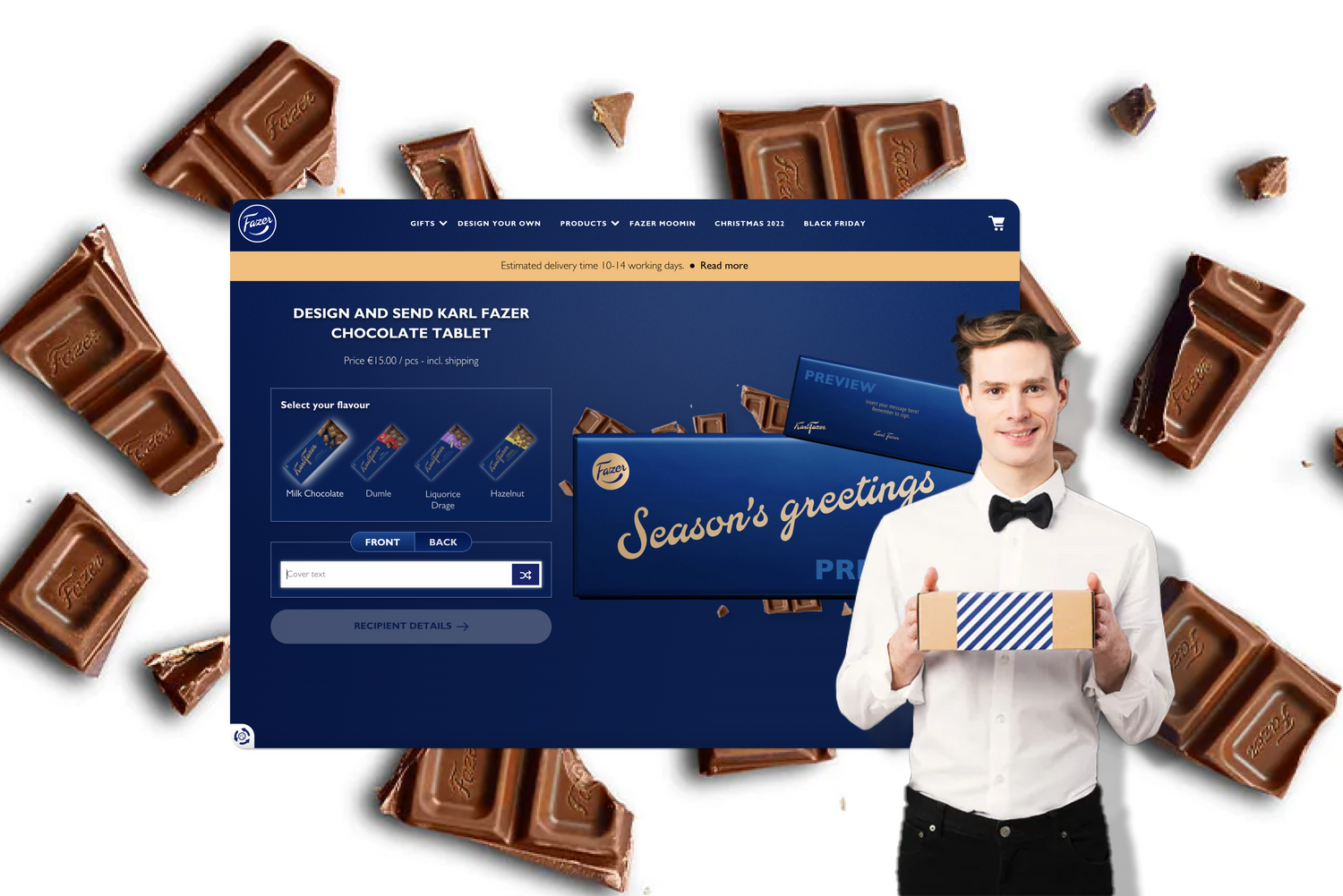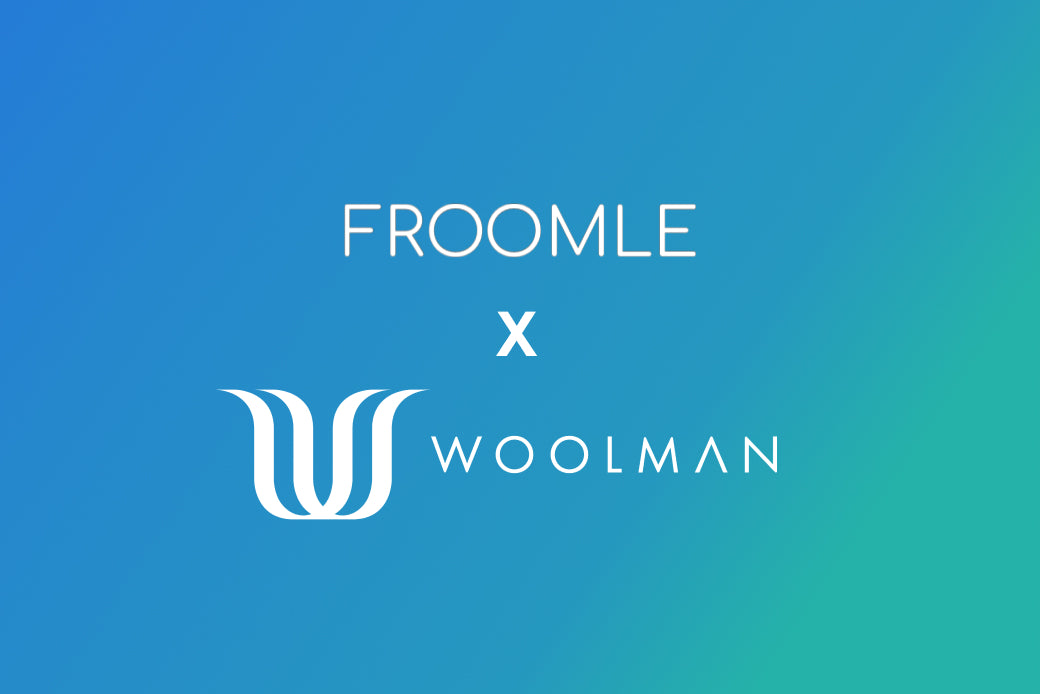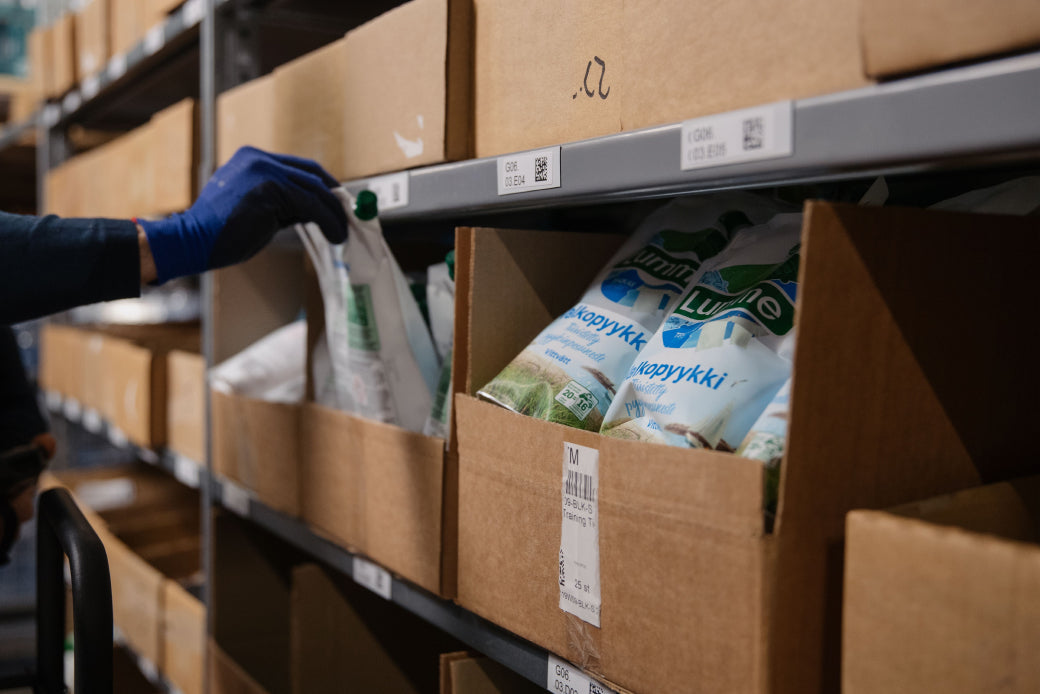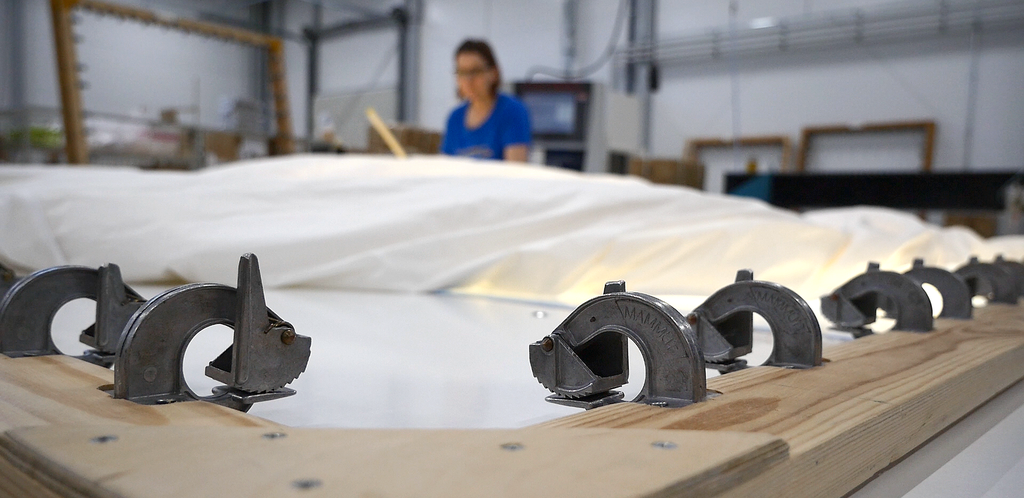
The learning phase refers to the period during which the Facebook advertising tool looks for the right placement, audience and time for ads. You need to understand the importance of the learning phase to get good results from customer acquisition campaigns.
At Woolman, we work with a variety of both our own and clients’ advertising accounts on a daily basis. Learn more about how we work with our clients to grow their online store sales.
We’ve come to the conclusion that Facebook’s general guidelines aren’t always enough to exit the learning phase. Significant changes were made to the learning phase in 2019. It is certain that Facebook will continue to make updates to the learning phase and how it works from time to time. In this article, we go through the areas that are important for the learning phase.
A valuable new customer acquisition tool
The learning phase plays an important role, especially in acquiring new customers. The learning phase begins when you create a new campaign, an ad group, or an ad.
Whenever an ad is displayed, the ad delivery system attempts to serve the ad to achieve the goal of the ad (objective). In other words, Facebook tries to show the ad to people who are likely to react to it in the desired way (action). This is how the system learns. It learns about the people who saw the ad and the placement of the ad.
The more ads you show, the better your delivery system can optimize your ad performance. During this phase, the system will show ads in different placements, as it’s important to try what works best. During the learning phase, ad performance has not yet stabilized.
The learning phase can restart when you make significant changes to your existing budget, bid strategy, audience, optimization event, placement, or anything in your ad, such as a post.
During this phase, ad performance is not yet stable and the cost of ad responses (CPA, cost per action) is generally lower.
Give time to the learning phase
The learning phase is the period when the distribution system still has a lot to learn from the ad population. During the learning phase, the Delivery column reads “Learning”.
According to Facebook, the ad set finishes the learning phase when it has reached 50 optimized events, the desired reaction from the ad. This can take up to seven days. However, this is a general guideline, as the learning phase may end earlier — or take longer. Its goal is to make the ad population as functional and stable as possible. Learning continues in the background even if Facebook announces the end of the learning phase.
Are you getting a “learning limited” warning? A warning does not mean that your ads will not run or produce good results. In the case of new customer acquisition, it is worth reading the announcement in more detail. Why are you receiving the restriction notice for your ads? The warning is most often the result of a budget that is too low, too small, or too large.
If you receive a warning about retargeting ads, we recommend looking at your results rather than making sudden changes. Have the ads achieved the desired results?
Here’s how to proceed with your ads:
- Wait for the ad group to leave the learning phase before editing it. Every time you change something, the learning phase starts again. That’s why we recommend the Sprint model, where changes are only made every other week. Only then can you draw conclusions from the results obtained.
- Allow enough time to create ads to avoid mistakes and unnecessary edits.
- Avoid large numbers of advertisements. Each ad group should have a maximum of four ads, but we recommend only two.
- Optimize your budget based on long-term results.
- Make sure you have desired reactions to your ads for at least 50 weeks before optimizing your ad sets.
- Don’t give up — let the ads run long enough before you decide to make changes.
Tahmine Mehr, growth hacker / Woolman
